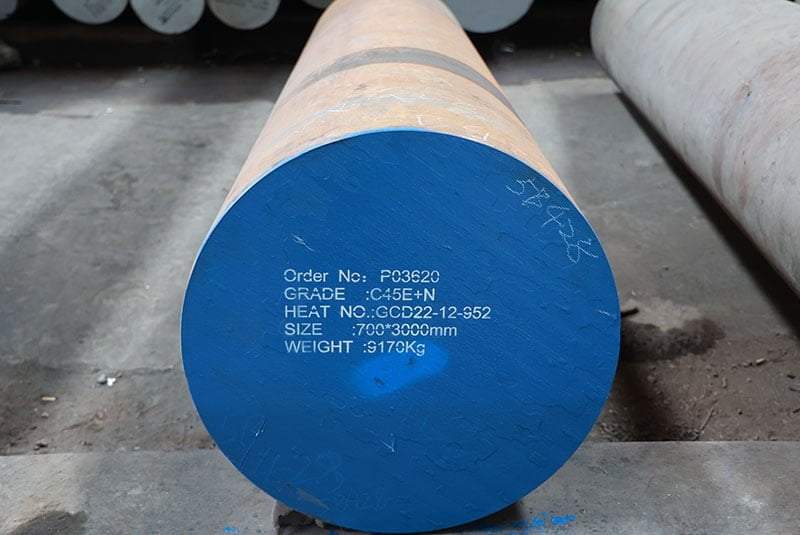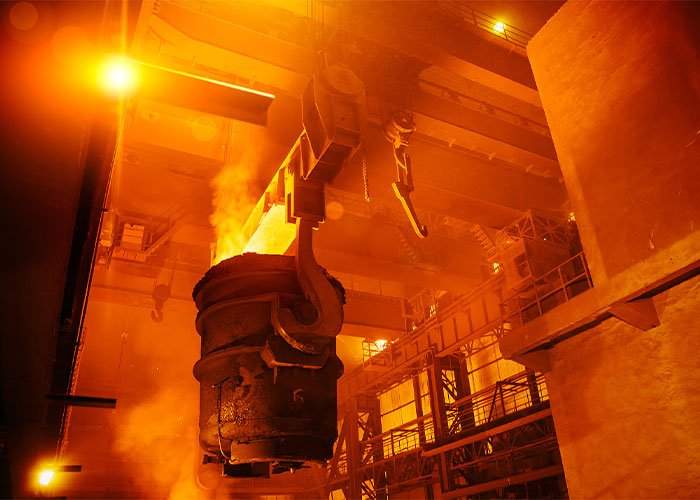Introduction

Harding steel is a process that enhances its hardness and resistance to deformation, transforming it into a material capable of enduring extreme wear and tear. This process involves altering the microstructure of steel, introducing defects and introducing elements that impede the movement of dislocations, the microscopic imperfections that allow metals to deform.
Common Hardening Methods for Steel
- Work Hardening: This method involves plastic deformation of the steel through processes like rolling, forging, or drawing. As the steel is deformed, dislocations become entangled, hindering their movement and increasing hardness.
- Alloy Hardening: Adding certain elements, such as chromium, vanadium, or molybdenum, to the steel’s composition forms hard carbides or intermetallic compounds that act as obstacles to dislocation movement, enhancing hardness.
- Heat Treatment: This method involves heating the steel to a specific temperature, followed by quenching (rapid cooling) and tempering (reheating to a lower temperature). The rapid cooling traps dislocations in place, while tempering reduces internal stresses and improves toughness.
Factors Affecting Steel Hardening
- Steel Composition: The type and amount of alloying elements significantly impact the steel’s hardenability and the achievable level of hardness.
- Austenitizing Temperature: The temperature to which the steel is heated during heat treatment influences the formation of austenite, a high-temperature phase that facilitates hardening.
- Quenching Rate: The rate at which the steel is cooled after austenitizing determines the amount of austenite that transforms into martensite, a hard and brittle phase that contributes to hardness.
- Tempering Temperature: The temperature and duration of tempering influence the steel’s hardness, toughness, and ductility.
Applications of Harding Steel
- Cutting Tools: Hardened steel is essential for the production of cutting tools like drill bits, knives, and razor blades, due to its ability to maintain sharpness and resist wear.
- Dies and Molds: Hardened steel is used in dies and molds for stamping, forging, and casting, as it can withstand high pressures and maintain its shape.
- Bearings and Gears: The hardness and durability of hardened steel make it ideal for bearings and gears, which must endure rotational forces and resist wear.
- Armor and Protective Equipment: Hardened steel is employed in armor plates, helmets, and other protective gear due to its ability to deflect and absorb impacts.
Table of Common Harding Steels and Their Applications

| Steel Type | Composition | Applications |
|---|---|---|
| AISI 1040 | 0.40% carbon | General-purpose steel for machine parts, shafts, and gears |
| AISI 4140 | 0.40% carbon, 1% chromium, 0.2% molybdenum | Heat-treatable steel for gears, shafts, and springs |
| AISI 52100 | 1% carbon, 1% chromium, 0.9% manganese | High-carbon steel for bearings, races, and ball bearings |
| AISI S7 | 0.75% carbon, 1% chromium, 0.5% silicon | Shock-resistant steel for tools, dies, and punches |
| AISI D2 | 1.2% carbon, 4% chromium, 1% molybdenum | Tool steel for cutting tools, dies, and molds |
Conclusion
Harding steel is a transformative process that unlocks the true potential of this remarkable material, enhancing its hardness, toughness, and wear resistance. By understanding the principles and techniques involved, one can harness the power of hardened steel to create tools, machines, and structures that withstand the rigors of modern life. As technology advances and demands intensify, the art and science of hardening steel will continue to evolve, paving the way for even more innovative and durable applications.
FAQ
What is the difference between hardening and tempering steel?
Hardening involves heating steel to a high temperature and rapidly cooling it to increase its hardness, while tempering involves reheating the hardened steel to a lower temperature to improve its toughness and reduce brittleness.
Can all types of steel be hardened?
Not all types of steel are suitable for hardening. The hardenability of steel depends on its composition, particularly its carbon content and alloying elements. Low-carbon steels may not harden effectively, while high-alloy steels may require special heat treatment processes.
What are the common quenching media used for hardening steel?
Common quenching media for hardening steel include water, oil, and air. Water provides the fastest cooling rate, resulting in high hardness but increased risk of distortion or cracking. Oil offers a slower cooling rate and less risk of distortion, while air provides the slowest cooling rate and lowest hardness.
How can I determine the hardness of hardened steel?
The hardness of hardened steel can be measured using various methods, including Rockwell hardness testing, Brinell hardness testing, and Vickers hardness testing. Each method has its advantages and limitations, so the appropriate method should be selected based on the specific application and requirements.
